
Stop cooking rice with these 10 mistakes
Rice is a staple food for more than half of the world’s population and forms the foundation of countless traditional dishes across Asia, Africa, and Latin America. Its versatility allows it to pair beautifully with almost any flavor profile — from spicy curries to savory stir-fries or even sweet puddings. However, despite how simple it may appear, cooking rice perfectly is both a science and an art. Achieving that ideal balance between fluffy and tender grains requires attention to detail and an understanding of a few key principles.
Many home cooks, even experienced ones, often end up with rice that’s mushy, sticky, or unevenly cooked. The good news is that these common issues can easily be avoided once you understand the underlying reasons. Mastering the art of cooking rice will not only elevate your everyday meals but also boost your confidence in the kitchen. Whether you’re preparing a quick weeknight dinner or an elaborate feast, being aware of these 11 common mistakes — and how to fix them — will ensure your rice turns out perfectly every time.
1. Skipping the Rinse: Starch Overload
One of the most frequent errors people make is skipping the rinsing step. Raw rice is naturally coated with starch, and if it’s not rinsed off, the excess starch causes the grains to clump together, leading to overly sticky or gummy rice. To prevent this, place your rice in a fine-mesh strainer and rinse under cold running water. Gently swirl it with your fingers until the water runs clear, which usually takes two to three minutes.
This simple step makes a huge difference — it removes surface starch, improves texture, and helps every grain stay beautifully separate after cooking.
2. Stirring Too Much: Mushy Grains
It’s tempting to stir rice while it’s cooking, but doing so breaks down the delicate grains and releases more starch, creating a gluey texture. Instead, let the rice cook undisturbed. After adding your rice to boiling water, give it one quick stir to distribute the grains evenly, then lower the heat, cover with a tight-fitting lid, and resist the urge to lift it. The steam will do the rest of the work. Remember: patience produces the fluffiest results.
3. Wrong Water Ratio: Gummy or Undercooked Rice
Getting the water-to-rice ratio right is critical. Too much water and your rice will turn out gummy; too little and it’ll be dry or undercooked. A good rule of thumb is 2 cups of water for 1 cup of white rice, or 2½ cups of water for 1 cup of brown rice. However, factors like rice type, altitude, and even humidity can affect the outcome.
It’s worth experimenting slightly until you find the perfect ratio for your specific rice and cooking environment.
4. Lifting the Lid Too Soon: Uneven Cooking
We’ve all done it — peeking under the lid to “check” the rice. Unfortunately, each time you lift the lid, steam escapes, interrupting the even cooking process. Steam is essential for rice to cook uniformly. So, resist the temptation to peek until the cooking time is up. For reference, white rice usually takes 18–20 minutes, while brown rice needs around 40–45 minutes. Keeping that lid closed is one of the easiest ways to improve your results instantly.
5. Using High Heat: Burnt Bottom, Raw Top
Cooking rice on high heat might feel like a shortcut, but it often leads to disaster — burnt rice at the bottom and undercooked grains on top. The secret to evenly cooked rice lies in gentle, consistent heat. Once the water reaches a rolling boil, reduce the heat to low, cover, and let it simmer slowly. Low heat allows the rice to absorb moisture gradually, ensuring a soft, uniform texture from top to bottom.
6. Skipping the Resting Step: Sticky Clumps
Even after the rice is done cooking, it needs a few minutes to “rest.” Turning off the heat and letting it sit covered for about 5–10 minutes allows moisture to redistribute evenly throughout the pot. This final step helps prevent sticky clumps and makes it easier to fluff with a fork. It may seem like a minor detail, but it can make a major difference in texture and presentation.
7. Overcooking: Dry, Hard Grains
Rice left on the stove too long becomes dry and tough. To avoid this, keep an eye on both cooking time and water level. If you notice the water has evaporated before the rice is tender, quickly add a splash of hot water and cover again. Using a timer helps prevent overcooking — and remember, rice continues to steam slightly even after it’s removed from the heat.
8. Choosing the Wrong Type of Rice
Not all rice is created equal. Each variety has its own texture, aroma, and ideal use. Long-grain rice such as basmati is perfect for fluffy dishes like biryani or pilaf, while short-grain rice such as arborio is better suited for creamy risottos. Jasmine rice brings a fragrant note to Thai dishes, and sticky rice is perfect for sushi or desserts. Understanding your rice type is key to achieving the texture and flavor your recipe calls for.
9. Rinsing with Warm or Hot Water
When rinsing rice, always use cold water. Warm or hot water can prematurely start the cooking process, softening the outer layer of the grains and causing uneven results later on. Cold water removes starch efficiently while keeping the rice firm until you’re ready to cook it. This small adjustment can make your rice noticeably better.
10. Following Viral Hacks Without Research
Social media is full of “quick fixes” and “genius hacks,” but not all of them are reliable. Before trying a trendy new method, take a few minutes to understand the reasoning behind it. Some hacks work for specific rice types but fail for others. By learning the basic science of rice cooking — steam distribution, starch behavior, and moisture absorption — you’ll be able to spot which tricks are worth trying and which are just internet myths.
11. Ignoring the Convenience of a Rice Cooker
If you cook rice frequently, a rice cooker can be a real game-changer. Modern rice cookers automatically adjust temperature and timing to ensure perfectly cooked rice every time. Many even offer specialized settings for sushi rice, brown rice, jasmine, or porridge. Some advanced models include a “keep warm” function or fuzzy logic technology that senses moisture levels. While stovetop methods are great for traditionalists, a rice cooker saves time, energy, and frustration — especially on busy days.
Final Thoughts
Cooking rice might seem simple, but achieving perfection takes understanding and care. Every small step — from rinsing and measuring water to resting and fluffing — contributes to the final texture. By avoiding these common mistakes and following best practices, you’ll transform ordinary rice into a delicious, fluffy complement to any meal. And once you’ve mastered it, you’ll never have to suffer through sticky, burnt, or unevenly cooked rice again.
News in the same category


Serrated Leaf Motherwort: A Precious Herb with Many Benefits

Banana flowers and their little-known uses

Eat these 5 fruits to avoid magnesium deficiency, keep your heart healthy and your bones strong.
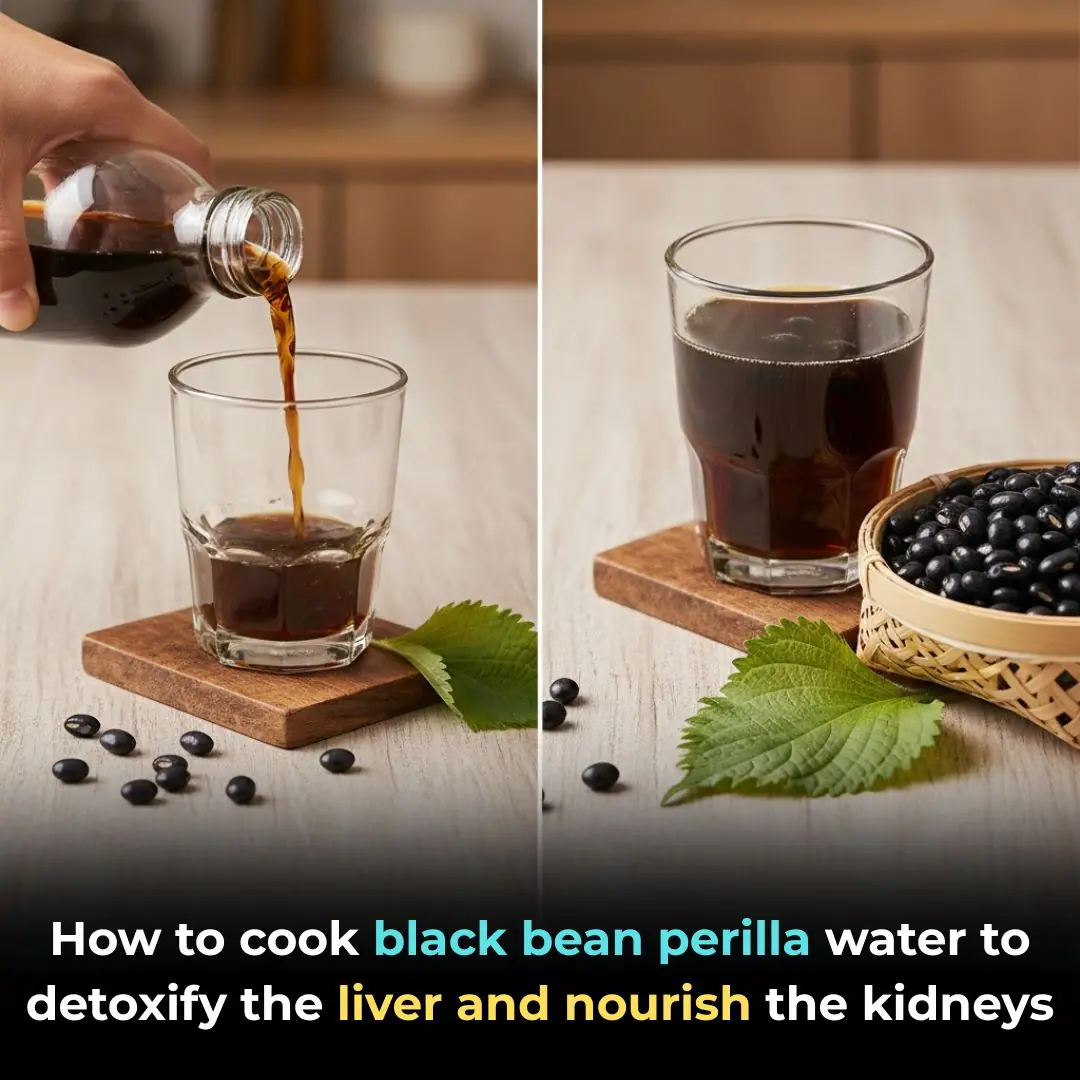
How to cook black bean perilla water to detoxify the liver and nourish the kidneys

A miracle will happen with a handful of seeds under the bed, unfortunately it's just now
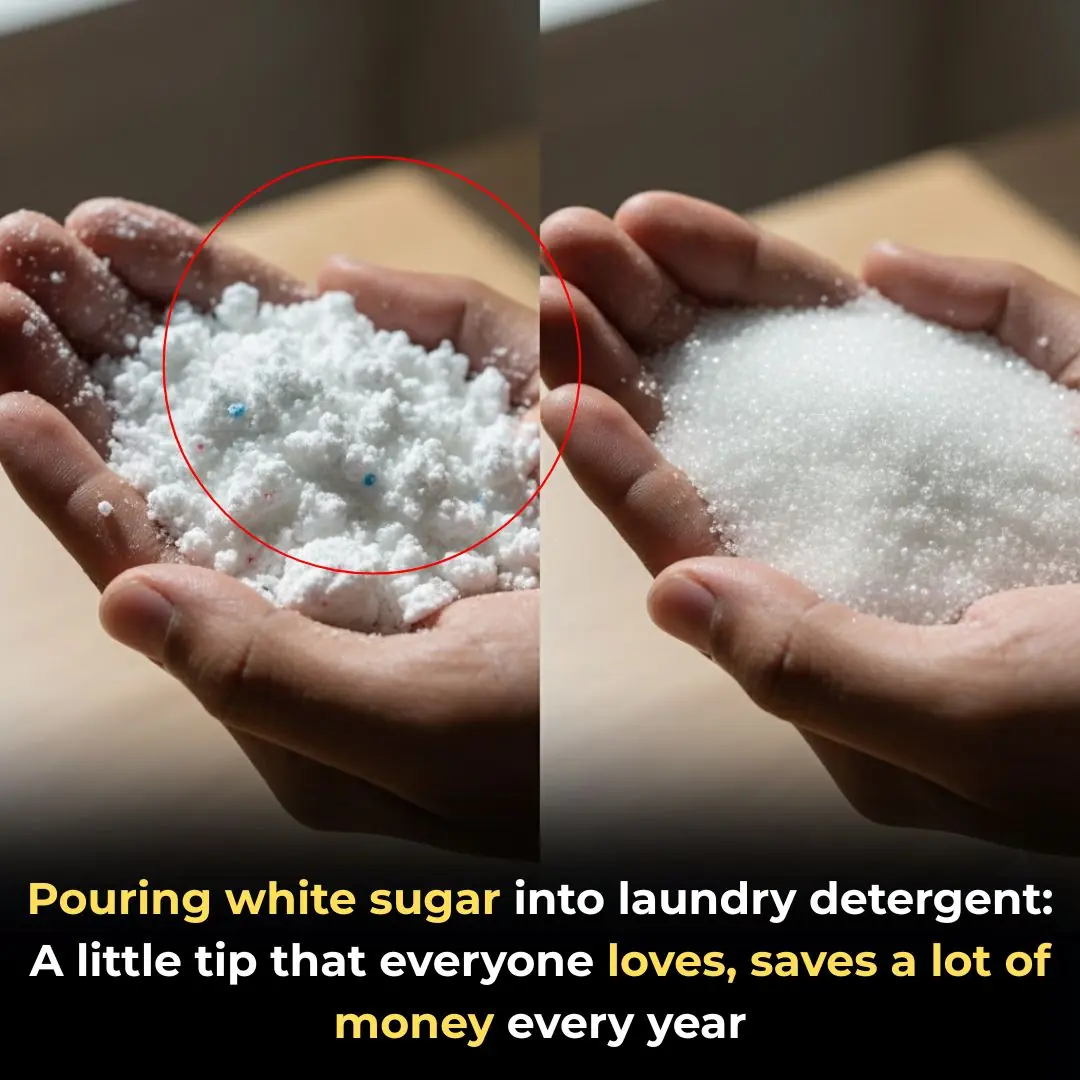
Pouring white sugar into laundry detergent: A little tip that everyone loves, saves a lot of money every year

Tips for dealing with moldy and peeling walls: Simple, inexpensive, any house can do it

Stop wasting money on these 10 pantry staples
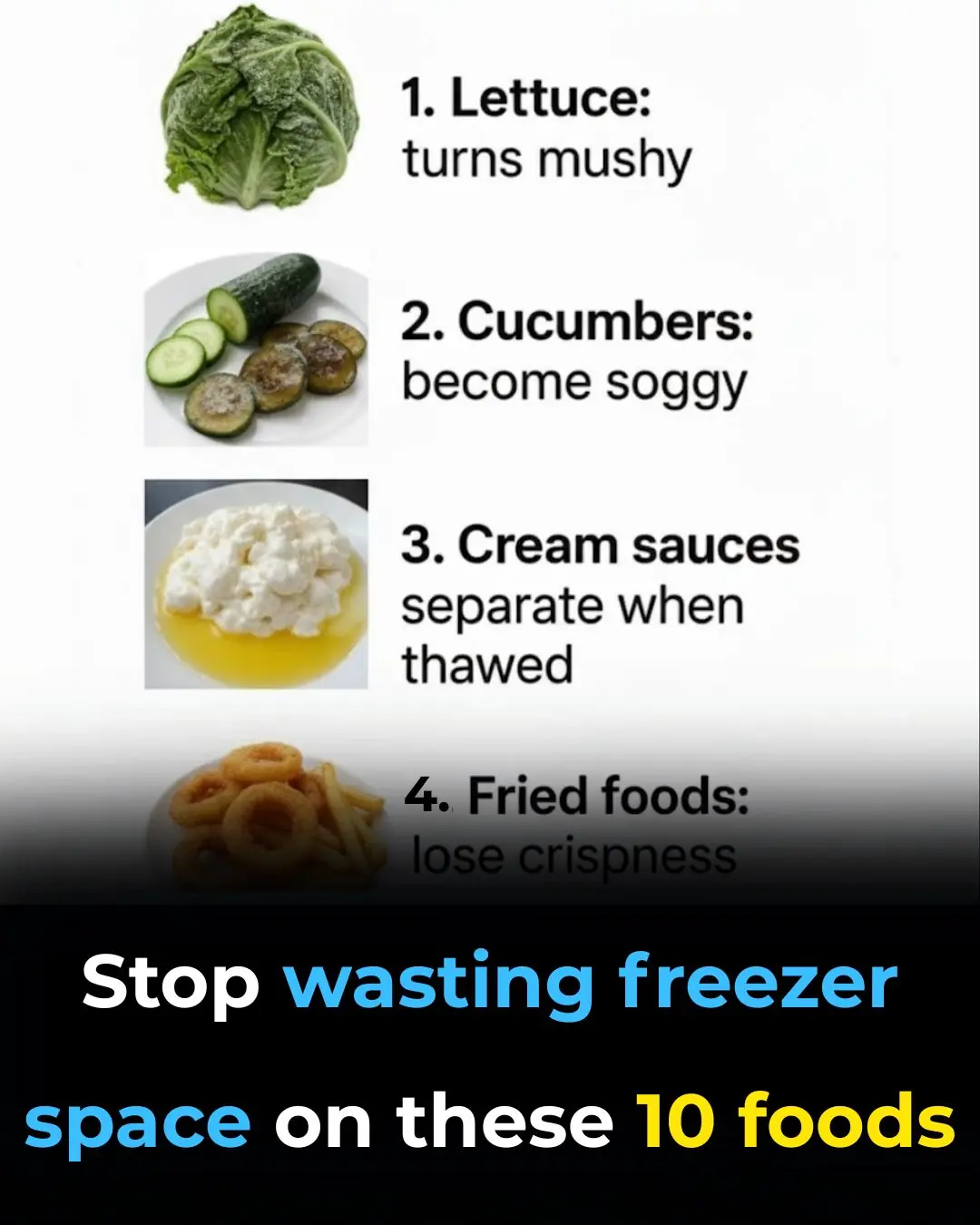
Stop wasting freezer space on these 10 foods

Whoa, this completely flew under my radar
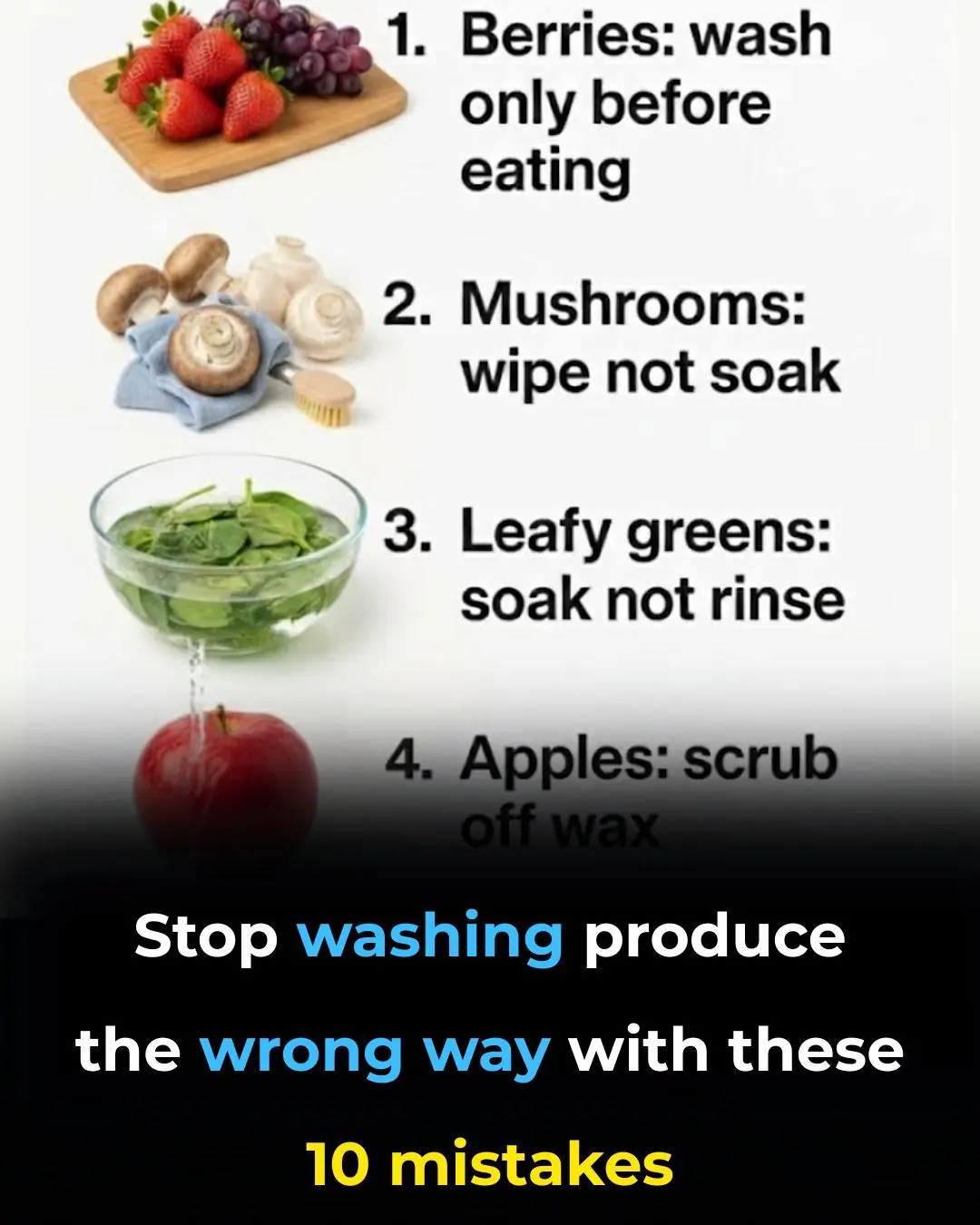
Stop washing produce the wrong way with these 10 mistakes

I didn't know

Stop cooking these 10 foods in aluminum foil

My nana taught me this hack to freshen carpets in 4 mins with 0 work. Here’s how it works

Tips for effective, safe and cost-saving pest control

Distinguish between clean bean sprouts and bean sprouts containing toxic chemicals with the following extremely simple tip.

How to make the Money Tree flower and have fresh shoots to attract fortune

How to make delicious beef stew at home extremely simple
News Post

‘They Described a Man I Never Met’: Comedian Roy Wood Jr. Tells Shannon Sharpe He Learned To Love Watching How His Absent Dad Treated Another Family

This Brewery Is The Only Black-Owned Brewery In New York Brewing Its Beer On-Site

Joseph Deng Makes History as First Player From South Sudan to Sign a Professional MLB Contract

Meet The Specks, the Black Brother-Sister Duo Who Invented the Potato Chip

Meet Mr. & Mrs. Grady, Owners Of North Carolina’s Only Black-Owned Whole Hog Barbecue Smokehouse

Negro History Week: Here’s the True Story Behind Black History Month

Buckingham Palace statement in full as King Charles removes Prince Andrew’s title

Has the Bermuda Triangle Mystery Finally Been Solved

Put the entire roll of toilet paper in the refrigerator

4 Types of Shoulder Pain That May Signal Dangerous Cancer — Don’t Mistake Them for Simple Joint Problems

6 Body Parts That Turn Black May Signal Cancer — Don’t Ignore Them

Serrated Leaf Motherwort: A Precious Herb with Many Benefits

Banana flowers and their little-known uses

Eat these 5 fruits to avoid magnesium deficiency, keep your heart healthy and your bones strong.

The Amazing Power of Caesalpinia pulcherrima (Peacock Flower)

White Bumps or Spots on Lips: Causes and Effective Treatments

Corn Silk: 30 Health Benefits and How to Use It
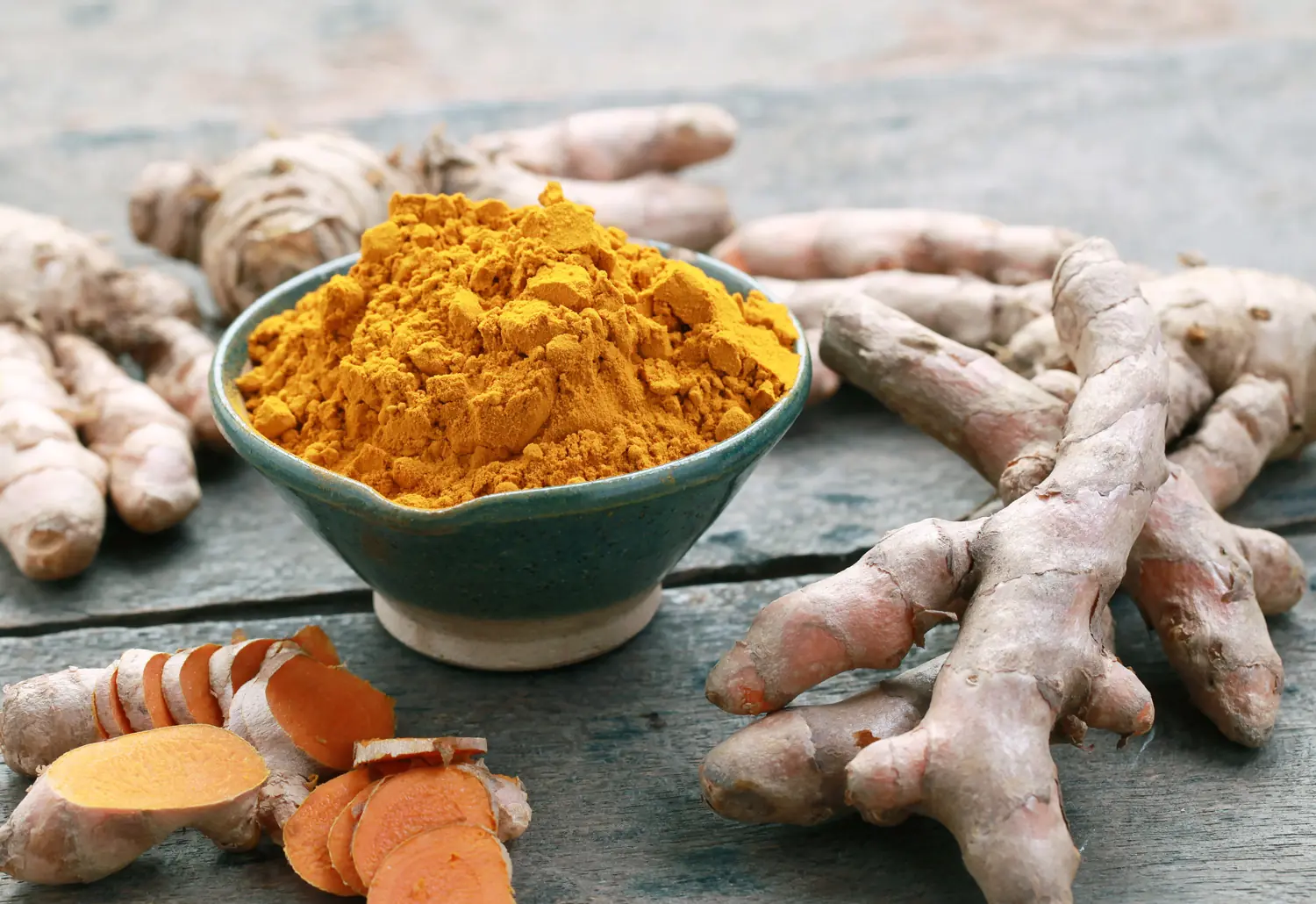
Turmeric Dosage: How Much You Actually Need for Arthritis, Cancer, and Other Diseases

Better Than Medicine? The Shocking Truth About Dates & Blood Sugar!
